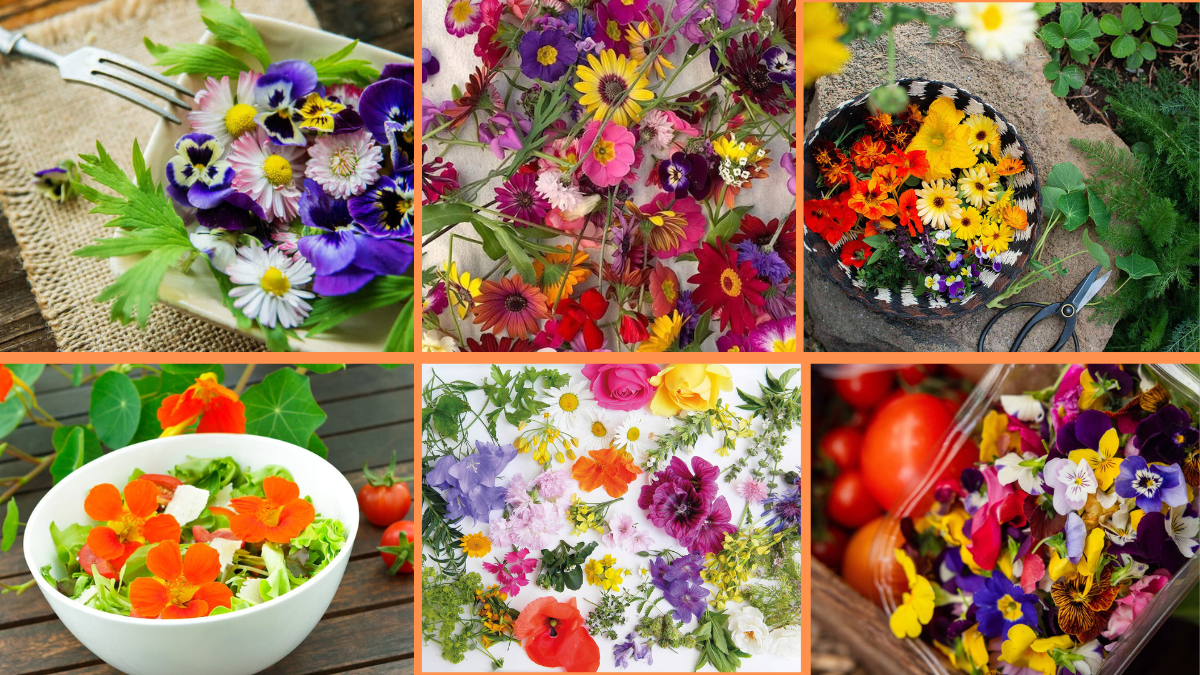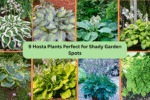Have you ever thought about growing flowers you can actually eat? Edible flowers not only add a splash of color to your garden but also bring subtle, delicious flavors to your kitchen. From topping off salads and desserts to flavoring teas and syrups, edible flowers can elevate your dishes and décor alike.
The good news is — you don’t need a huge garden to start. Whether you have a spacious backyard or a sunny balcony, edible flowers are surprisingly easy to grow. In this article, we’ll share 10 essential tips to help you successfully grow edible flowers at home and enjoy both their beauty and taste.
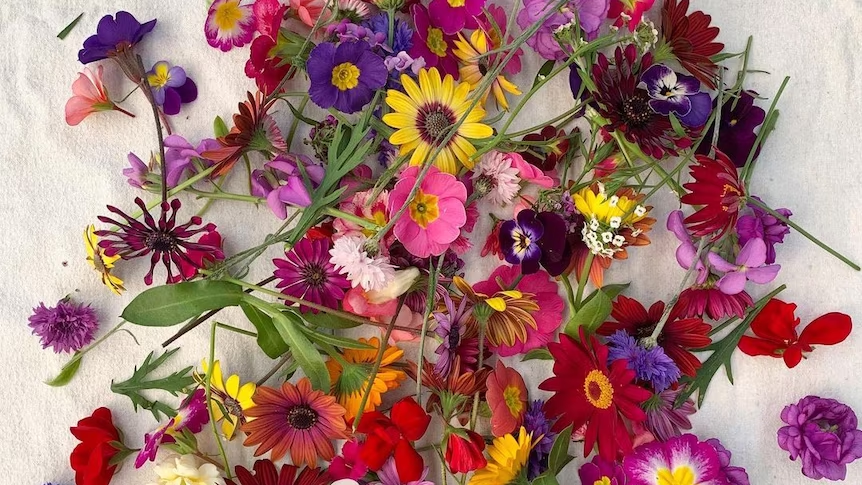
Why Grow Edible Flowers?
Before we dive into the tips, let’s understand why edible flowers are worth the effort:
- Aesthetic Appeal: They brighten up your garden with their charming colors.
- Culinary Use: Perfect for garnishing salads, cocktails, cakes, and herbal teas.
- Health Benefits: Many edible flowers are packed with antioxidants and nutrients.
- Pollinator-Friendly: They attract bees, butterflies, and beneficial insects.
Now, let’s explore how you can start growing these delightful plants at home.
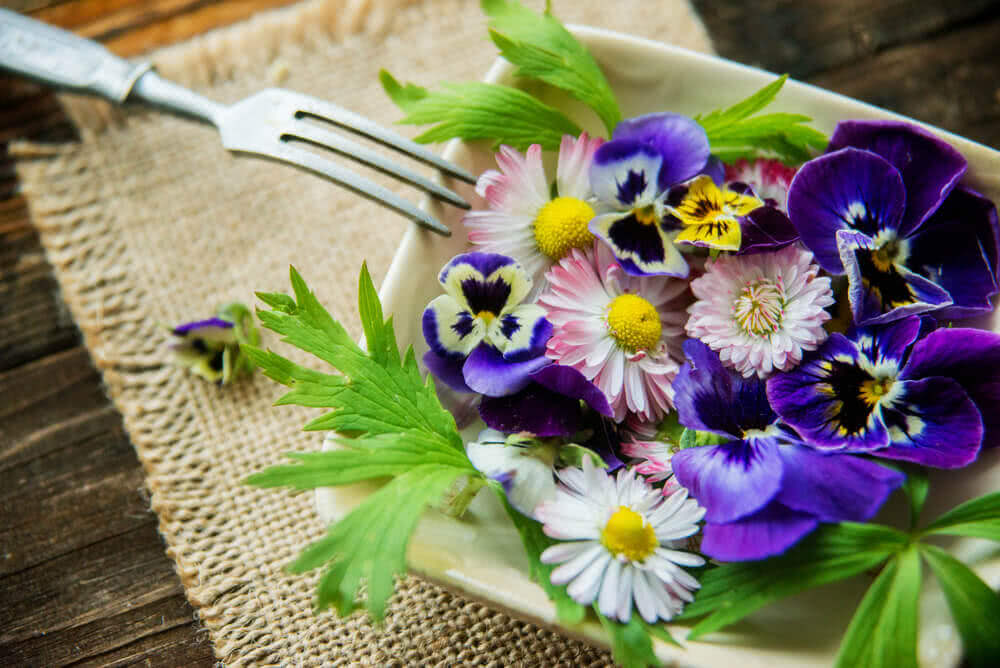
1. Choose the Right Edible Flower Varieties
Not every flower is edible, and some can be toxic if consumed. So, it’s crucial to choose the right varieties. Here are some popular, safe-to-eat flowers perfect for home gardens:
- Nasturtiums: Peppery flavor, excellent for salads.
- Calendula (Pot Marigold): Mildly spicy, bright orange or yellow blooms.
- Pansies and Violas: Mild, slightly grassy taste, beautiful as garnishes.
- Borage: Cucumber-like flavor, great for drinks and salads.
- Chamomile: Used for calming teas.
- Lavender: Floral, sweet notes for desserts and drinks.
- Rose: Petals add a subtle sweetness to syrups and cakes.
- Hibiscus: Tart flavor, ideal for teas and cocktails.
Check that you’re growing varieties labeled safe for consumption and consult a reliable plant guide if unsure.

2. Plant in the Right Location
Like most garden plants, edible flowers need plenty of sunlight. Choose a spot that gets at least 6 hours of direct sunlight daily. Some varieties like pansies and violas tolerate partial shade, but sun-loving types like lavender and nasturtiums thrive in full sun.
If you’re short on space, consider growing them in pots, window boxes, or hanging baskets on a sunny balcony or patio.
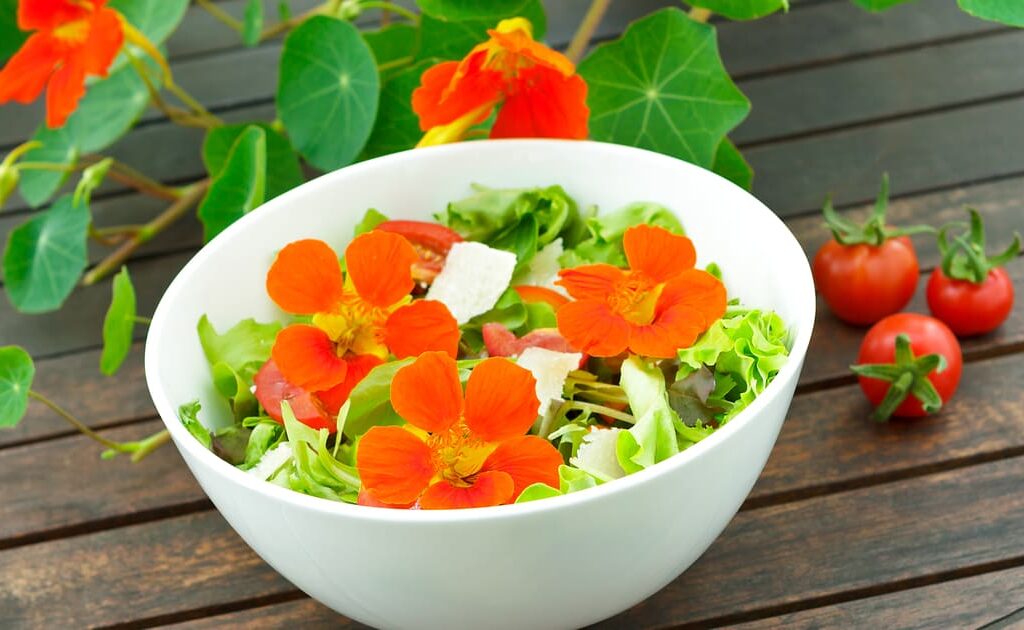
3. Use Well-Draining, Organic-Rich Soil
Healthy soil is the foundation of any successful garden. Edible flowers prefer well-draining soil rich in organic matter. Mix compost or well-rotted manure into your garden beds or containers before planting. Good soil ensures your flowers have the nutrients they need to bloom vibrantly and taste their best.
For containers, use a high-quality potting mix that includes perlite or sand for better drainage.
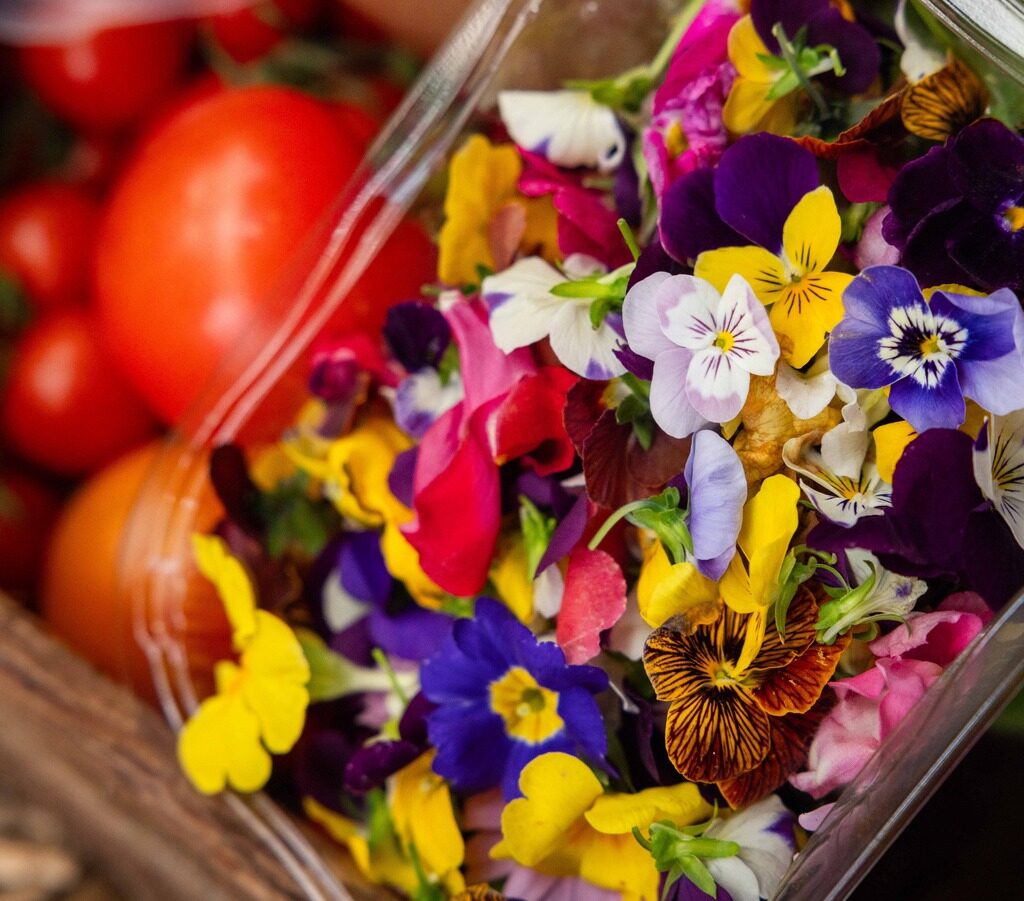
4. Start from Seeds or Seedlings
You can grow edible flowers from either seeds or nursery-bought seedlings. Seeds are budget-friendly and offer a wider variety, while seedlings give you a head start.
If starting from seeds:
- Follow the packet instructions for sowing depth and spacing.
- Keep the soil moist but not soggy.
- Use a seed tray indoors for delicate varieties and transplant outdoors when strong enough.
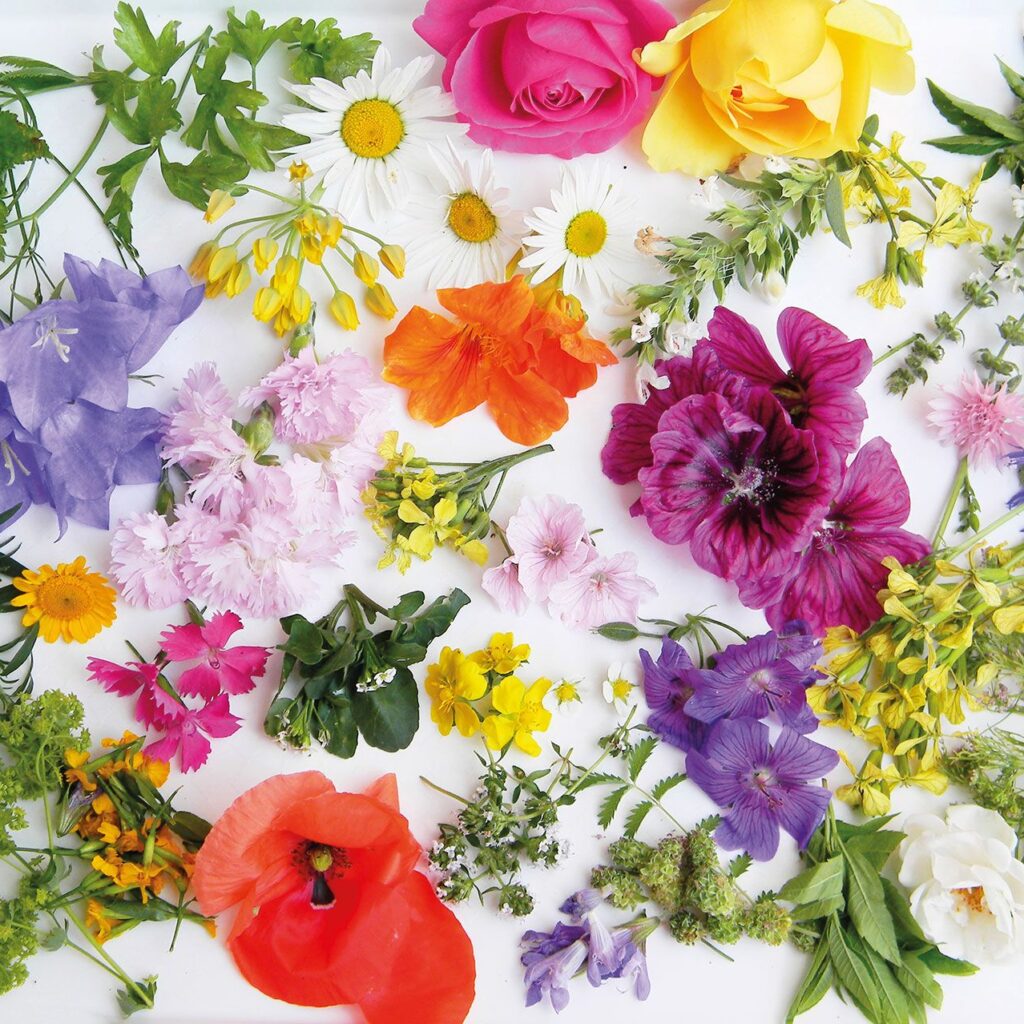
5. Water Consistently but Avoid Overwatering
Like most garden plants, edible flowers prefer consistent moisture, especially during hot weather. However, overwatering can cause root rot and mildew.
Water early in the morning to reduce evaporation and allow foliage to dry during the day. Stick your finger into the soil; if it feels dry an inch below the surface, it’s time to water.
Container plants tend to dry out faster than ground beds, so check them more frequently.
6. Avoid Chemical Pesticides and Fertilizers
Since you’ll be consuming these flowers, it’s vital to avoid synthetic chemicals. Instead, opt for organic methods:
- Use neem oil or a gentle soap-water spray for pests.
- Encourage natural predators like ladybugs.
- Fertilize with organic compost, fish emulsion, or seaweed extract.
If you must use a product, ensure it’s labeled safe for edible plants.
7. Harvest Flowers at the Right Time
Timing is everything when it comes to harvesting edible flowers. Pick them when:
- Flowers are fully open and vibrant.
- In the morning, after dew has dried but before midday heat.
- Avoid older blooms, as they can turn bitter or tough.
Use clean, sharp scissors or garden snips to cut the flowers. Gently shake them to remove insects and rinse lightly if needed.
8. Store and Preserve Properly
Freshly harvested edible flowers are best used immediately, but if you need to store them:
- Wrap in a damp paper towel and place them in an airtight container in the refrigerator.
- Most will stay fresh for 2-3 days.
You can also dry petals for teas or make flower-infused oils, syrups, or vinegars for longer-lasting use.
9. Rotate Crops and Remove Spent Flowers
To keep your edible flower garden healthy:
- Rotate plant varieties seasonally to prevent soil nutrient depletion and reduce disease risks.
- Regularly deadhead (remove spent flowers) to encourage more blooms and maintain the plant’s energy.
This simple practice keeps your garden productive and looking beautiful throughout the growing season.
10. Experiment and Have Fun with Culinary Uses
Part of the joy of growing edible flowers is discovering creative ways to use them. Here are some ideas:
- Garnish salads, desserts, and cocktails.
- Freeze petals in ice cubes for fancy drinks.
- Infuse vinegars, syrups, and herbal teas.
- Decorate cakes and pastries.
- Add color to fresh pasta or rice dishes.
Remember to always taste-test a small amount first, as flavors can be stronger than expected.
Bonus: 5 Cautionary Notes for Safety
- Identify flowers correctly — some lookalikes can be toxic.
- Avoid roadside or park flowers — they may be treated with chemicals.
- Harvest from pesticide-free areas only.
- Eat flowers in moderation, as too much can cause digestive upset.
- Remove inedible parts like pistils, stamens, or bitter white bases of petals if necessary.
Final Thoughts
Growing edible flowers at home is a wonderful way to add beauty, flavor, and creativity to your garden and kitchen. With the right care, organic practices, and a sense of culinary adventure, you’ll enjoy a colorful harvest that’s as tasty as it is gorgeous.
Why not start this weekend by planting a few nasturtiums or calendulas? Your garden — and your meals — will thank you.
